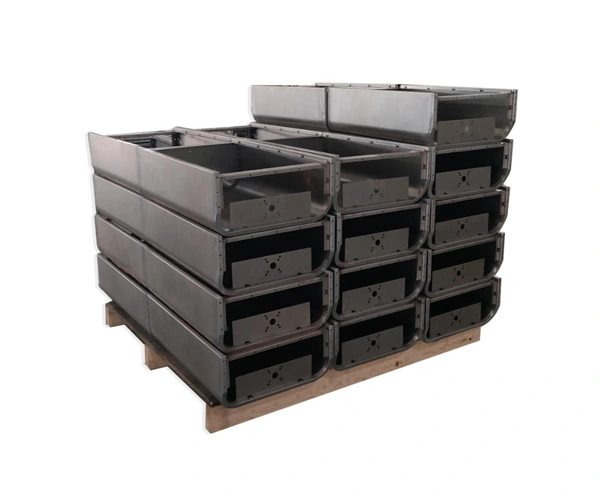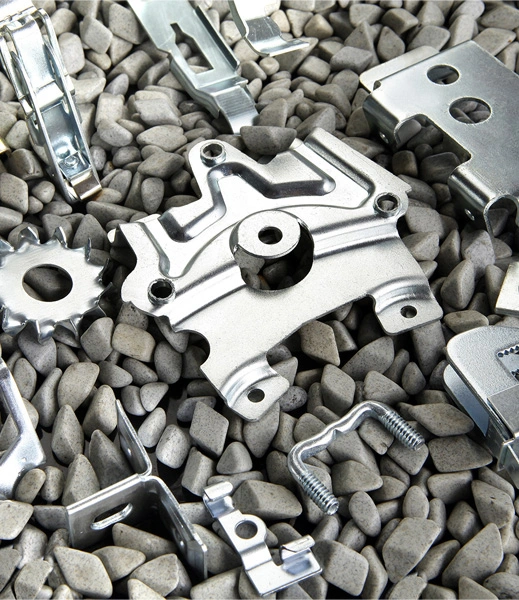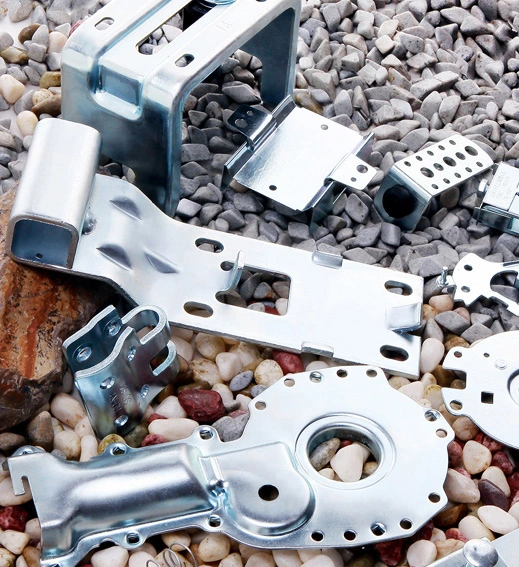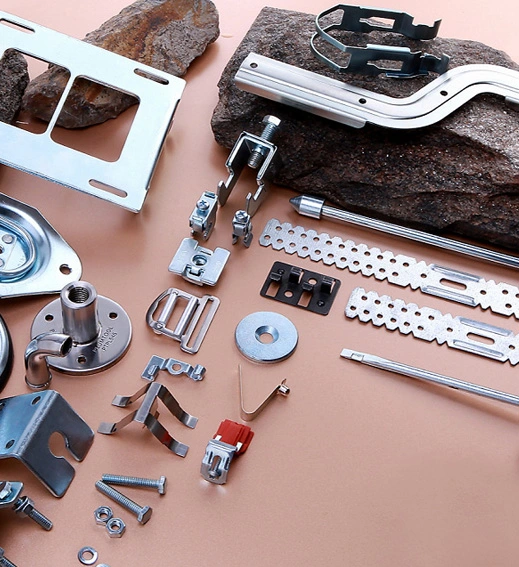

Material: Carbon steel
Surface: black
Customized Size
Main Process: stamping and welding
Tolerance: ±0.2mm
Cold rolled plate chassis stamping and welding parts, mechanical equipment shell welding
With the continuous development of industrial automation, the application of welding robots in the manufacturing industry is becoming increasingly widespread. Welding robot is a type of robot that can automatically complete welding tasks, with the characteristics of high efficiency, accuracy, and stability. This article will introduce the working principle, operation process, and maintenance plan of welding robots from three aspects.
1. The working principle of welding robots
The working principle of welding robots is achieved through the collaboration between the control system and welding equipment. The control system includes computers, programming devices, and sensing devices to control the movement trajectory, speed, and force of robots. Welding equipment includes power supply, electrodes, welding wires, etc., which are responsible for converting electrical energy into welding heat energy and fusing the welding material with the welded material. The action of the welding robot is divided into six axes, namely the front and rear axes, the upper and lower axes, the left and right axes, and the rotation axis. Through the collaboration of these axes, robots can complete complex three-dimensional movements. The control system transmits motion trajectory and other information to the robot, and the robot takes corresponding actions based on this information to move the welding equipment to the position of the welded material and complete the welding task.
2. The operation process of welding robots
(1) Preparation work
Preparation work is required before performing welding robot operations. Firstly, it is necessary to check whether the robot is in normal working condition. Check if the welding equipment is installed correctly and if there are sufficient materials and tools. Check if the welding area is clean and tidy, free of debris and hazardous materials. Then, the robot needs to be powered on and self checked to ensure that all systems are working properly.
(2) Write programs
Before carrying out welding operations, corresponding programs need to be written. Programming requires setting parameters such as welding position, welding speed, and welding power according to the requirements of the welding task. Programming requires the use of corresponding programming equipment and software to program based on the robot's motion trajectory.
(3) Start the robot
After writing the program, it is necessary to start the robot for welding operations. To start the robot, it is necessary to follow the operating procedures of the equipment to ensure that it is in a normal working state after starting. After starting the robot, it is necessary to debug the welding equipment, adjust the welding parameters, and ensure that the robot can complete the welding task as expected.
(4) Complete welding tasks
After the robot starts the welding task, it is necessary to monitor the welding process to ensure that the welding quality meets the requirements. After welding is completed, it is necessary to promptly shut down the robot and welding equipment, clean the welding area, and save welding data and programs.
1. Maintenance plan for welding robots
(1) Daily maintenance
Daily maintenance is an important part of ensuring the normal operation of welding robots. In daily maintenance, it is necessary to clean, lubricate, and inspect the robot. Cleaning requires the use of appropriate cleaning agents and tools to remove dust and debris from the surface of the robot. Lubrication requires lubrication of the joints of the robot to ensure smooth movement. Inspection requires checking the electrical and mechanical systems of the robot to ensure that all systems are working properly.
(2) Troubleshooting
Welding robots may encounter malfunctions during operation and require timely troubleshooting. Common faults include robot system failures, welding equipment failures, and program errors. When troubleshooting, it is necessary to analyze the specific situation, determine the cause of the fault, and carry out repairs.
(3) Regular maintenance
Regular maintenance is an important measure to ensure the long-term stable operation of welding robots. Regular maintenance requires thorough inspection of various systems of the robot, including mechanical systems, electrical systems, and control systems. During the maintenance process, it is necessary to disassemble and repair the robot to ensure that all its components are in normal condition.
In summary, the working principle, operation process, and maintenance plan of welding robots are indispensable parts of their application. Only by understanding these aspects of knowledge can one better grasp the usage and maintenance skills of welding robots, improve welding efficiency and quality.



